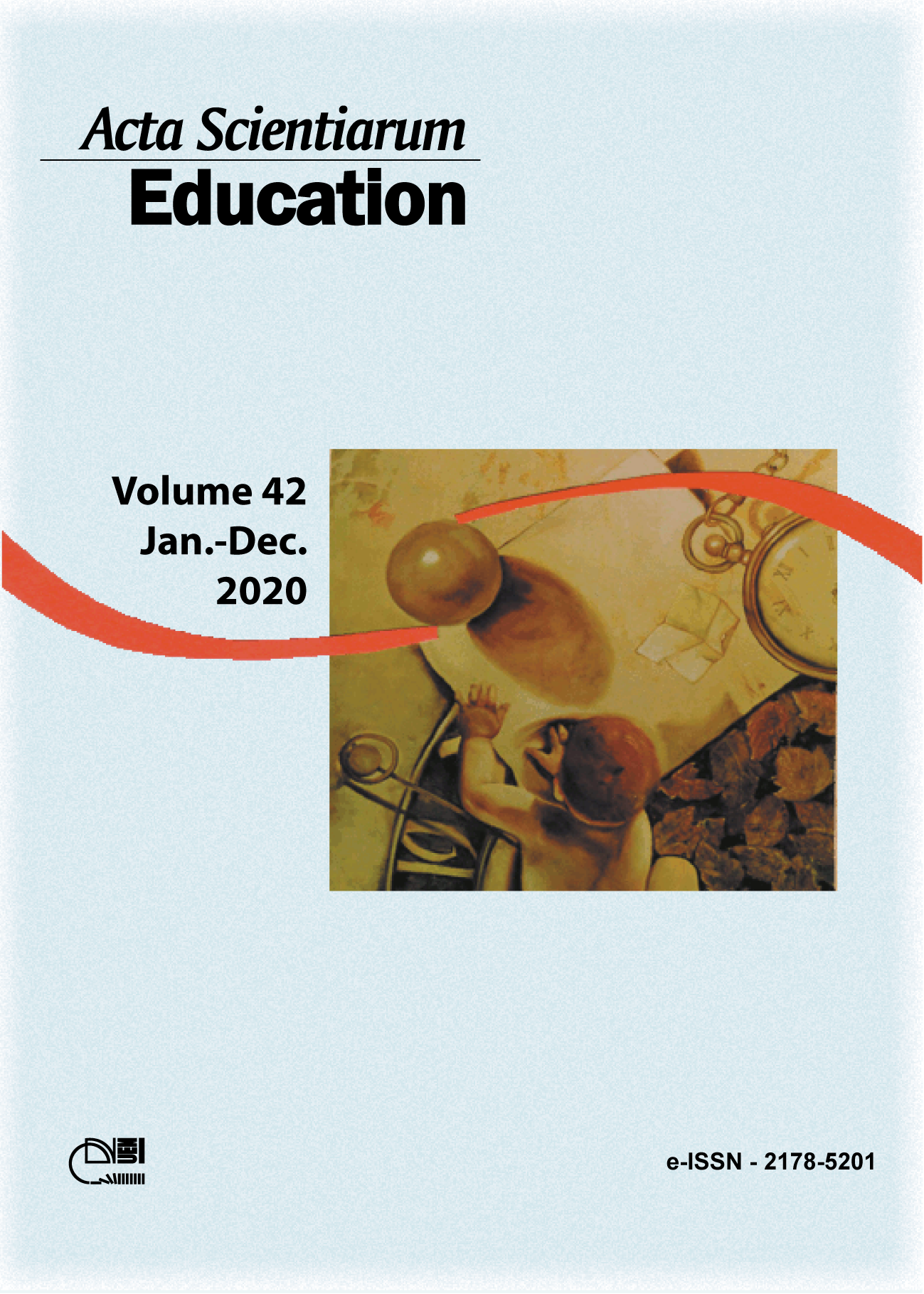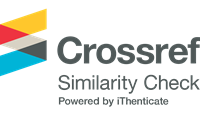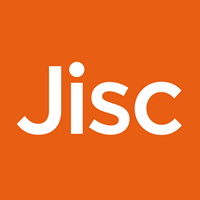Short films and teaching narratives: problematizing racial difference and whiteness
Abstract
The main objective of the present study is to map and problematize speeches and representations recurrent about the racial difference and the whiteness in narrative interviews with teachers of basic education, from the provocations of two short films: Colors and bouts (Vicente, 2010) e and Can call me Nady (Cardoso, 2009), available in Youtube Channel. Highlights the importance of the use of movies in the tract of racial issues, from the approaches of Duarte (2000, 2002), Fabrís (2005, 2008), Fischer and Marcello (2011) and Militão (2013). The analysis are made in the theoretical perspective of Cultural Studies in Education, by the concepts of representation and identity, in authors such as Hall (2011, 2016) and Silva (2010, 2013) and the concept of whiteness in authors such as Piza (2000), Sovik (2009), Cardoso (2014) and Schucman (2014). Among the results of the analysis, stands out that the most recurrent representations produced and disseminated in the film narratives and problematized in the narrative interviews of teachers, were racialized representations marked by the speeches of racial democracy and miscegenation and mediated by the notions of whiteness. It is also pointed out that the film narratives contribute to intend and contest racialized representations and privileges of whiteness in ambit of the basic education and to problematize aesthetic eurocentric standards, particularly linked to hair, as a symbol of ethnic-racial identity.
Downloads

This work is licensed under a Creative Commons Attribution 4.0 International License.
DECLARATION OF ORIGINALITY AND COPYRIGHTS
I declare that this article is original and has not been submitted for publication in any other national or international journal, either in part or in its entirety.
The copyright belongs exclusively to the authors. The licensing rights used by the journal are the Creative Commons Attribution 4.0 (CC BY 4.0) license: sharing (copying and distributing the material in any medium or format) and adaptation (remixing, transforming, and building upon the material thus licensed for any purpose, including commercial purposes) are permitted.
It is recommended that you read this link for more information on the subject: providing credits and references correctly, among other crucial details for the proper use of the licensed material.














































